Using Linkography and Situated FBS Co-Design Model to Explore User Participatory Conceptual Design Process
Abstract
1. Introduction
2. Background
2.1. The Situated FBS Co-Design Model
2.2. Linkography and Its Application
3. Experiment
3.1. The Experimental Task and Procedure
3.2. Segmentation and Encoding Scheme of the Protocol Data
- (1)
- When the participants’ ideas or actions are directly related to the earlier ideas in the verbal data, it means that the two design moves are linked.
- (2)
- When the semantic contents of two design moves are similar in structure, function or behavior domains, and no new design elements are generated, it means that the two design moves are linked.
- (3)
- When participants’ ideas or actions are related to early visible body movements, sketches or written instructions, it means that the two design moves are linked.
3.3. Linkography Production Process
3.4. Entropy Measures of the Linkograph
3.5. Protocol Data Segmentation and Encoding
4. Results and Discussions
4.1. Analysis of the Linkograph Structure
4.2. Entropy of the Linkograph
4.3. Situated FBS Co-Design Process
5. General Discussions
6. Conclusions
Author Contributions
Funding
Institutional Review Board Statement
Informed Consent Statement
Data Availability Statement
Acknowledgments
Conflicts of Interest
References
- Toh, C.A.; Miller, S.R. Creativity in design teams: The influence of personality traits and risk attitudes on creative concept selection. Res. Eng. Des. 2016, 27, 73–89. [Google Scholar] [CrossRef]
- van Oorschot, R.; Snelders, D.; Kleinsmann, M.; Buur, J. Participation in design research. Des. Stud. 2022, 78, 101073. [Google Scholar] [CrossRef]
- Vasconcelos, L.A.; Neroni, M.A.; Crilly, N. The effect of explicit instructions in idea generation studies. Artif. Intell. Eng. Des. Anal. Manuf. 2018, 32, 308–320. [Google Scholar] [CrossRef]
- Crilly, N. Creativity and fixation in the real world: A literature review of case study research. Des. Stud. 2019, 64, 154–168. [Google Scholar] [CrossRef]
- Guo, X.; Zhao, W.; Hu, H.; Li, L.; Liu, Y.; Wang, J.; Zhang, K. A smart knowledge deployment method for the conceptual design of low-carbon products. J. Clean. Prod. 2021, 321, 128994. [Google Scholar] [CrossRef]
- Yu, Z.; Zhao, W.; Guo, X.; Hu, H.; Fu, C.; Liu, Y. Multi-indicators Decision for Product Design Solutions: A TOPSIS-MOGA Integrated Model. Processes 2022, 10, 303. [Google Scholar] [CrossRef]
- Guo, X.; Liu, Y.; Zhao, W.; Wang, J.; Chen, L. Supporting resilient conceptual design using functional decomposition and conflict resolution. Adv. Eng. Inform. 2021, 48, 101262. [Google Scholar] [CrossRef]
- Chesbrough, H. Open Innovation: The New Imperative for Creating and Profiting from Technology; Harvard Business School Press: Boston, MA, USA, 2003; Volume 21. [Google Scholar]
- Badke-Schaub, P.; Neumann, A.; Lauche, K.; Mohammed, S. Mental models in design teams: A valid approach to performance in design collaboration? CoDesign 2007, 3, 5–20. [Google Scholar] [CrossRef]
- Masclet, C.; Poulin, M.; Boujut, J.F.; Becattini, N. Real-time coding method and tool for artefact-centric interaction analysis in co-design situations assisted by augmented reality. Int. J. Inter. Des. Manuf. 2020, 14, 1141–1157. [Google Scholar] [CrossRef]
- Wiltschnig, S.; Christensen, B.T.; Ball, L.J. Collaborative problem-solution co-evolution in creative design. Des. Stud. 2013, 34, 515–542. [Google Scholar] [CrossRef]
- Maier, A.M.; Eckert, C.M.; Clarkson, P.J. Factors influencing communication in collaborative design. J. Eng. Des. 2021, 32, 671–702. [Google Scholar] [CrossRef]
- Hay, L.; Cash, P.; McKilligan, S. The future of design cognition analysis. Des. Sci. 2020, 6, e20. [Google Scholar] [CrossRef]
- Martinec, T.; Škec, S.; Horvat, N.; Štorga, M. A state-transition model of team conceptual design activity. Res. Eng. Des. 2019, 30, 103–132. [Google Scholar] [CrossRef]
- Georgiev, G.V.; Georgiev, D.D. Enhancing user creativity: Semantic measures for idea generation. Knowl.-Based Syst. 2018, 151, 1–15. [Google Scholar] [CrossRef]
- Hay, L.; McTeague, C.; Duffy, A.H.B.; Pidgeon, L.M.; Vuletic, T.; Grealy, M. A Systematic Review of Protocol Studies on Conceptual Design Cognition. In Proceedings of the Design Computing and Cognition’16, Chicago, IL, USA, 27–29 June 2016; Springer: Cham, Switzerland, 2017; pp. 135–153. [Google Scholar]
- Goldschmidt, G. Linkography: Assessing design productivity. In Cyberbetics and System’ 90, Proceedings of the Tenth European Meeting on Cybernetics and Systems Research, Vienna, Austria, 17–20 April 1990; World Scientific: Singapore, 1990; pp. 291–298. [Google Scholar]
- Goldschmidt, G. Linkography: Unfolding the Design Process; The MIT Press: Cambridge, MA, USA, 2014. [Google Scholar] [CrossRef]
- Gero, J.S.; Milovanovic, J. A framework for studying design thinking through measuring designers’ minds, bodies and brains. Des. Sci. 2020, 6, e19. [Google Scholar] [CrossRef]
- Gero, J. Design Prototypes: A Knowledge Representation Schema for Design. AI Mag. 1990, 11, 26–36. [Google Scholar]
- Hamraz, B.; Clarkson, P.J. Industrial evaluation of FBS Linkage—A method to support engineering change management. J. Eng. Des. 2015, 26, 24–47. [Google Scholar] [CrossRef]
- Sakao, T.; Gero, J.; Mizuyama, H. Analyzing cognitive processes of a product/service-system design session using protocol analysis. Artif. Intell. Eng. Des. Anal. Manuf. 2020, 34, 515–530. [Google Scholar] [CrossRef]
- Kannengiesser, U.; Gero, J.S. Can Pahl and Beitz’ systematic approach be a predictive model of designing? Des. Sci. 2017, 3, e24. [Google Scholar] [CrossRef][Green Version]
- Gero, J.S.; Kannengiesser, U. The situated function-behaviour-structure framework. Des. Stud. 2004, 25, 373–391. [Google Scholar] [CrossRef]
- Gero, J.; Milovanovic, J. The situated function-behavior-structure co-design model. CoDesign 2021, 17, 211–236. [Google Scholar] [CrossRef]
- Kan, J.; Gero, J. Quantitative Methods for Studying Design Protocols; Springer: Dordrecht, The Netherlands, 2017. [Google Scholar]
- Dorst, K.; Cross, N. Creativity in the design process: Co-evolution of problem-solution. Des. Stud. 2001, 22, 425–437. [Google Scholar] [CrossRef]
- Goldschmidt, G. The designer as a team of one. Des. Stud. 1995, 16, 189–209. [Google Scholar] [CrossRef]
- Hatcher, G.; Ion, W.; Maclachlan, R.; Marlow, M.; Simpson, B.; Wilson, N.; Wodehouse, A. Using linkography to compare creative methods for group ideation. Des. Stud. 2018, 58, 127–152. [Google Scholar] [CrossRef]
- Kan, J.W.T.; Gero, J.S. Acquiring information from linkography in protocol studies of designing. Des. Stud. 2008, 29, 315–337. [Google Scholar] [CrossRef]
- Kan, J.W.T.; Gero, J.S. Characterizing innovative processes in design spaces through measuring the information entropy of empirical data from protocol studies. Artif. Intell. Eng. Des. Anal. Manuf. 2018, 32, 32–43. [Google Scholar] [CrossRef]
- Blom, N.; Bogaers, A. Using Linkography to investigate students’ thinking and information use during a STEM task. Int. J. Technol. Des. Educ. 2020, 30, 1–20. [Google Scholar] [CrossRef]
- Cai, H.; Do, E.Y.-L.; Zimring, C.M. Extended linkography and distance graph in design evaluation: An empirical study of the dual effects of inspiration sources in creative design. Des. Stud. 2010, 31, 146–168. [Google Scholar] [CrossRef]
- Jiang, H.; Gero, J.S. Comparing Two Approaches to Studying Communications in Team Design. In Proceedings of the Design Computing and Cognition’16, Chicago, IL, USA, 27–29 June 2016; Springer: Cham, Switzerland, 2017; pp. 301–319. [Google Scholar]
- Perry, G.T.; Krippendorff, K. On the reliability of identifying design moves in protocol analysis. Des. Stud. 2013, 34, 612–635. [Google Scholar] [CrossRef]
- El-Khouly, T.; Penn, A. On an Integrated Analytical Approach to Describe Quality Design Process in Light of Deterministic Information Theory. In Proceedings of the Design Computing and Cognition’12, College Station, TX, USA, 5–9 June 2012; Springer: Dordrecht, The Netherlands, 2014; pp. 451–470. [Google Scholar]
- Goldschmidt, G. Linkographic Evidence for Concurrent Divergent and Convergent Thinking in Creative Design. Creat. Res. J. 2016, 28, 115–122. [Google Scholar] [CrossRef]
- Blom, N. Utilising Linkography to Understand the Cognitive Mechanisms of Technology Learners during the Design Process. Ph.D. Thesis, University of Pretoria, Pretoria, South Africa, 2019. [Google Scholar]
- Kan, J.W.T.; Bilda, Z.; Gero, J.S. Comparing entropy measures of idea links in design protocols: Linkography entropy measurement and analysis of differently conditioned design sessions. Artif. Intell. Eng. Des. Anal. Manuf. 2007, 21, 367–377. [Google Scholar] [CrossRef]
- Shannon, C.E. A mathematical theory of communication. Bell Syst. Tech. J. 1948, 27, 379–423. [Google Scholar] [CrossRef]
- Blazhenkova, O.; Kozhevnikov, M. Creative Processes during a Collaborative Drawing Task in Teams of Different Specializations. Creat. Educ. 2020, 11, 1751–1775. [Google Scholar] [CrossRef]
- Lee, J.; Ostwald, M.; Gu, N. Design Thinking: Creativity, Collaboration and Culture; Springer: Cham, Switzerland, 2020. [Google Scholar]
- Kumar, M.; Roy, S.; Bhushan, B.; Sameer, A.; Mittal, S.; Sarkar, B. Understanding the Dynamics of Emotions during the Design Process. In Design for Tomorrow, Proceedings of the 8th International Conference on Research into Design; Bombay, India, 7–10 January 2021, Springer: Singapore, 2021; Volume 2, pp. 469–482. [Google Scholar]
- Hay, L.; Duffy, A.H.B.; McTeague, C.; Pidgeon, L.M.; Vuletic, T.; Grealy, M. A systematic review of protocol studies on conceptual design cognition: Design as search and exploration. Des. Sci. 2017, 3, e10. [Google Scholar] [CrossRef]
- Baier, H.; Hornung, M.; Mohr, B.; Paulus, D.; Petersson, Ö.; Rößler, C.; Stroscher, F.; Salmon, T. Conceptual Design. In Modeling and Control for a Blended Wing Body Aircraft: A Case Study; Kozek, M., Schirrer, A., Eds.; Springer International Publishing: Cham, Switzerland, 2015; pp. 29–45. [Google Scholar]
- Lee, J.W.; Daly, S.R.; Huang-Saad, A.; Rodriguez, G.; Seifert, C.M. Cognitive strategies in solution mapping: How engineering designers identify problems for technological solutions. Des. Stud. 2020, 71, 100967. [Google Scholar] [CrossRef]
- Björgvinsson, E.; Ehn, P.; Hillgren, P.-A. Agonistic participatory design: Working with marginalised social movements. CoDesign 2012, 8, 127–144. [Google Scholar] [CrossRef]
- Leonard, D.A.; Sensiper, S. The Role of Tacit Knowledge in Group Innovation. In Managing Knowledge Assets, Creativity and Innovation; World Scientific: Singapore, 2011; pp. 301–323. [Google Scholar]
- Bødker, S.; Kyng, M. Participatory Design that Matters—Facing the Big Issues. ACM Trans. Comput.-Hum. Interact. 2018, 25, 1–31. [Google Scholar] [CrossRef]
- Luck, R. What is it that makes participation in design participatory design? Des. Stud. 2018, 59, 1–8. [Google Scholar] [CrossRef]
- Kruger, C.; Cross, N. Solution driven versus problem driven design: Strategies and outcomes. Des. Stud. 2006, 27, 527–548. [Google Scholar] [CrossRef]
- Pedersen, S. Staging negotiation spaces: A co-design framework. Des. Stud. 2020, 68, 58–81. [Google Scholar] [CrossRef]
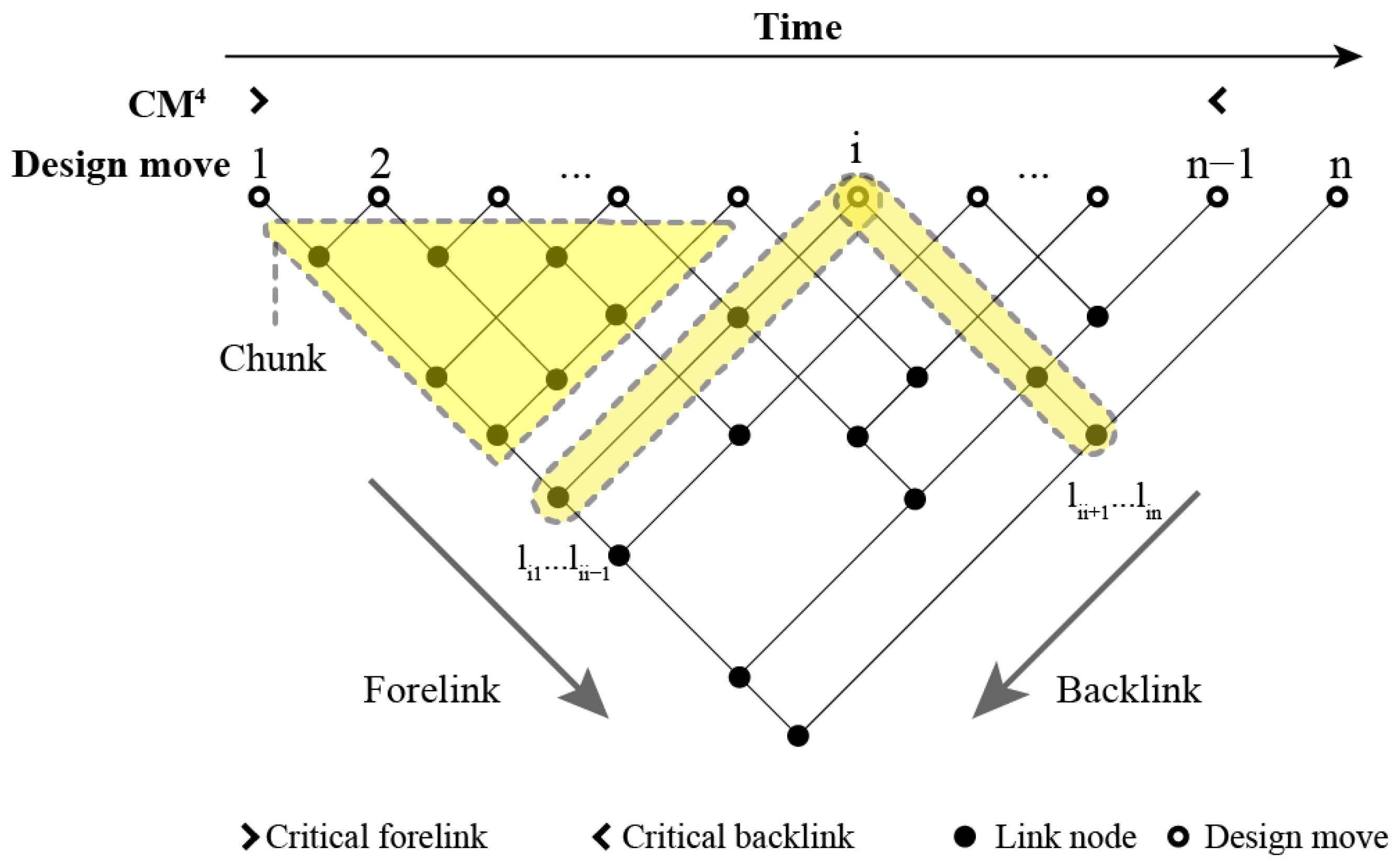

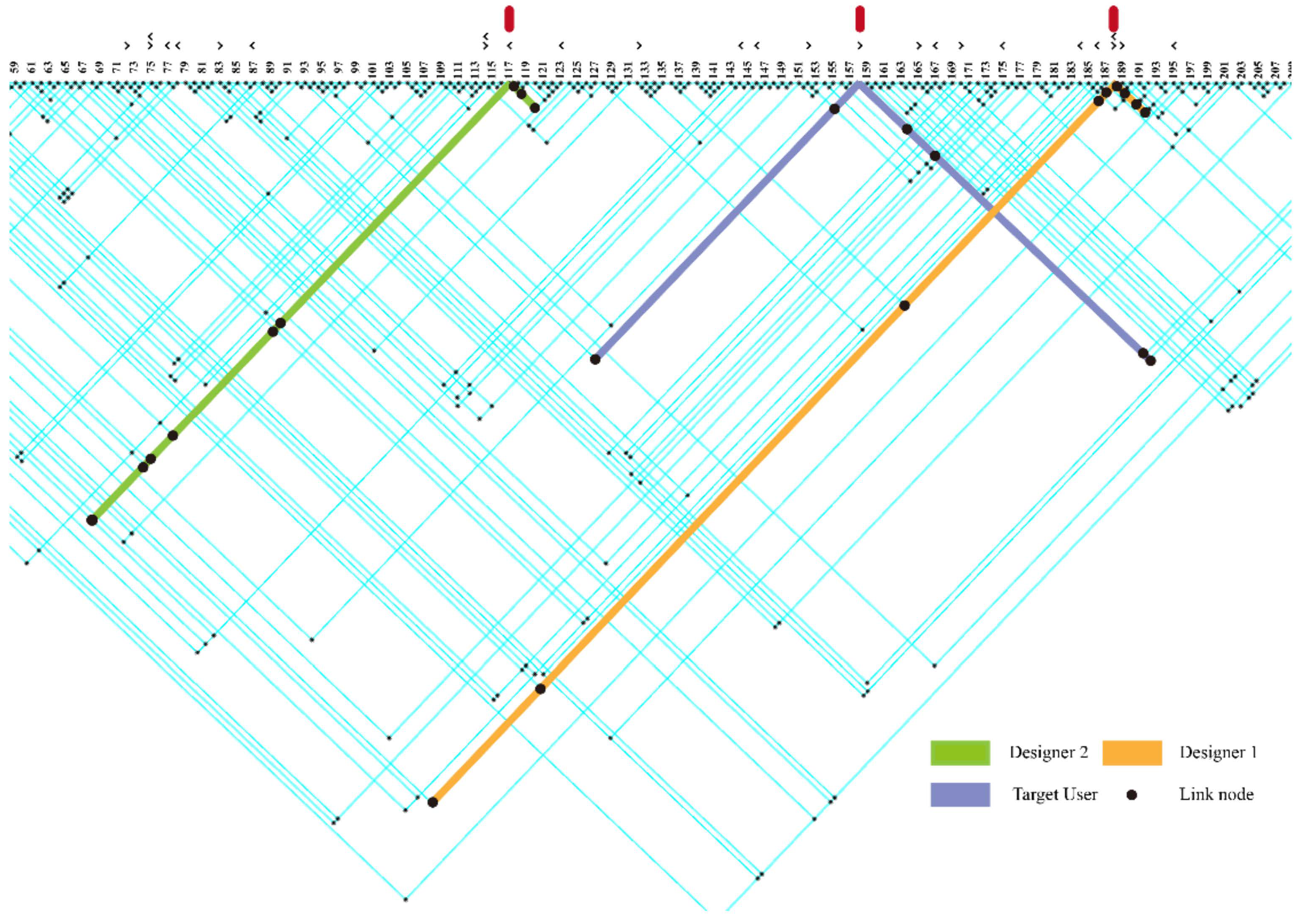
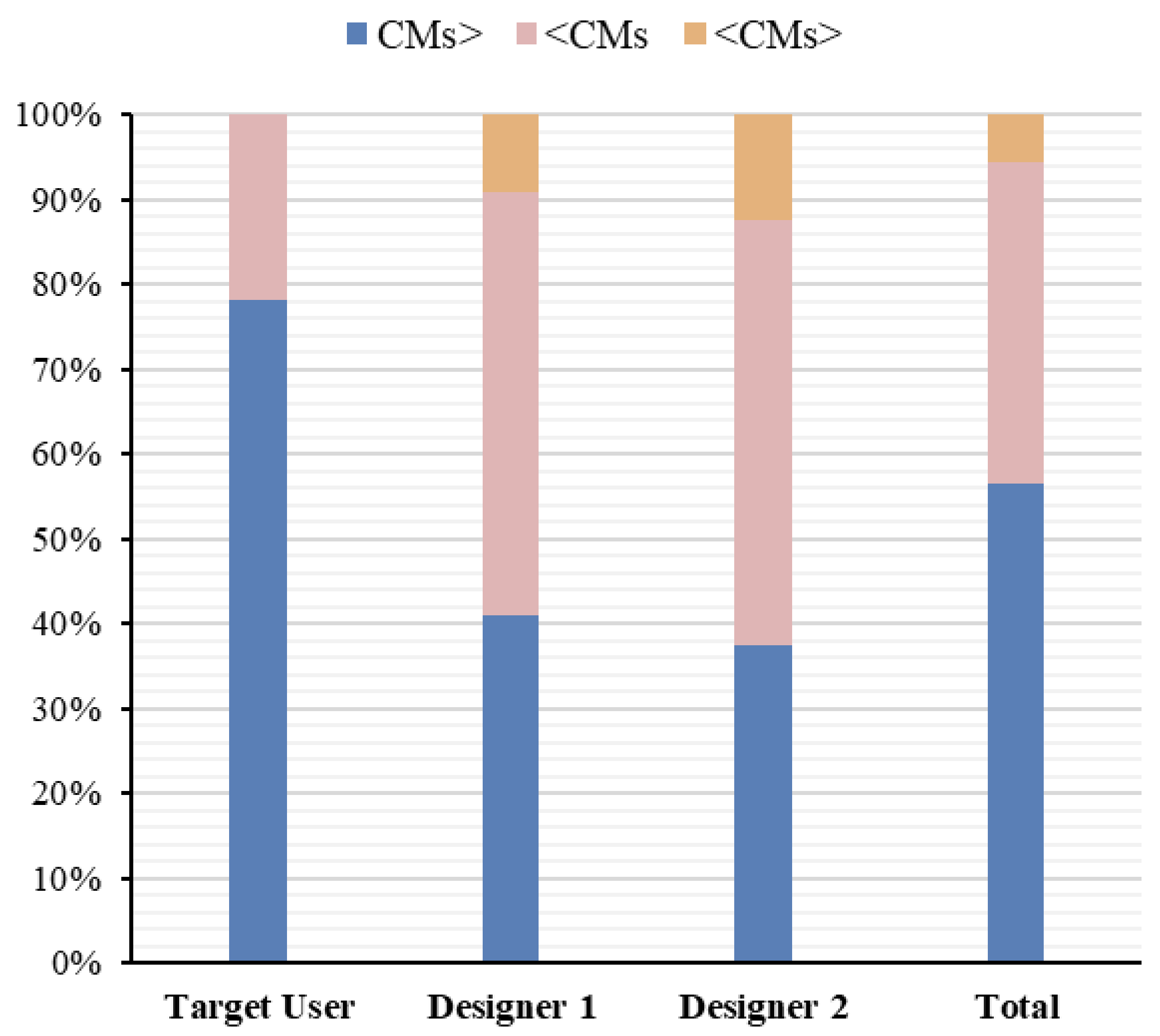
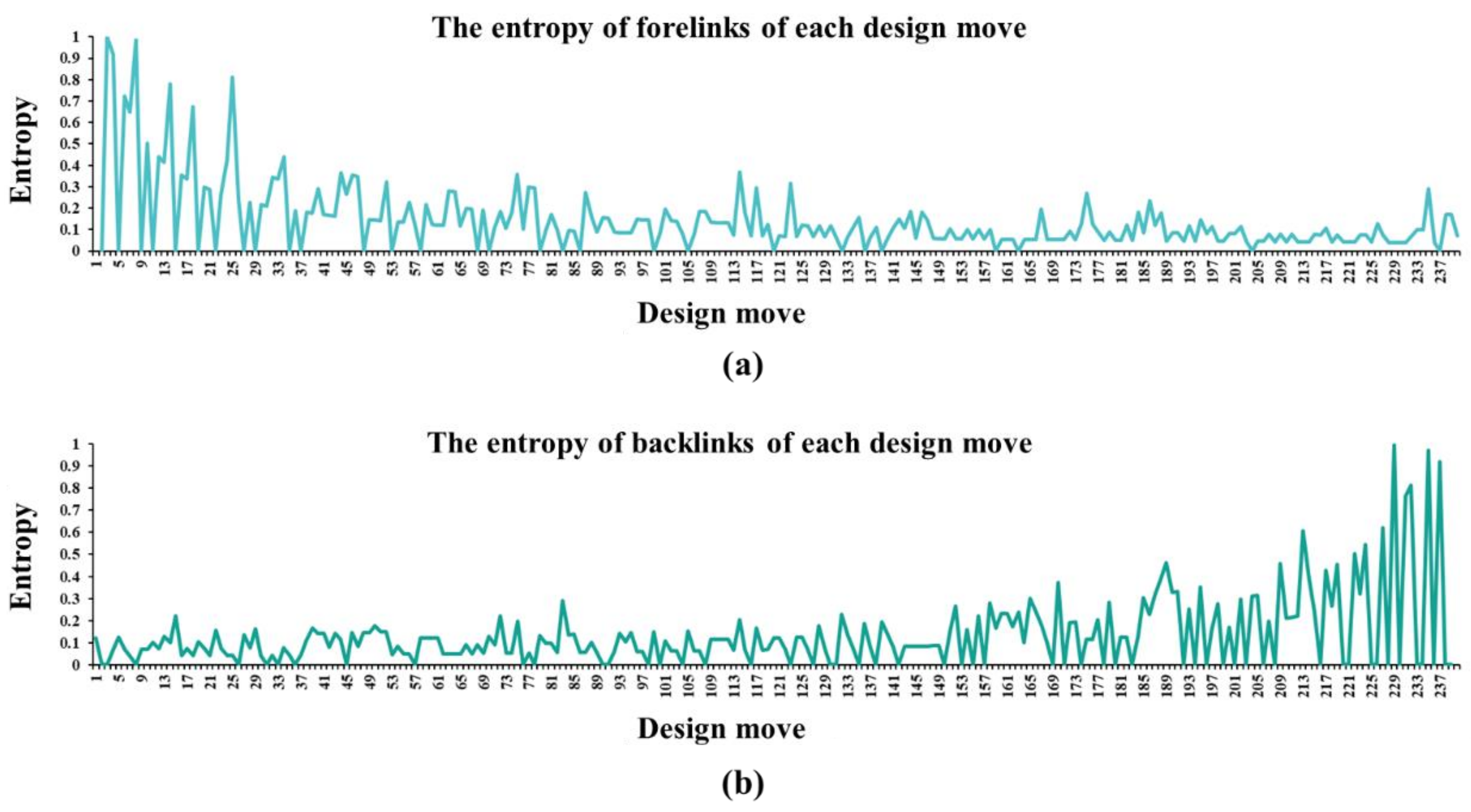
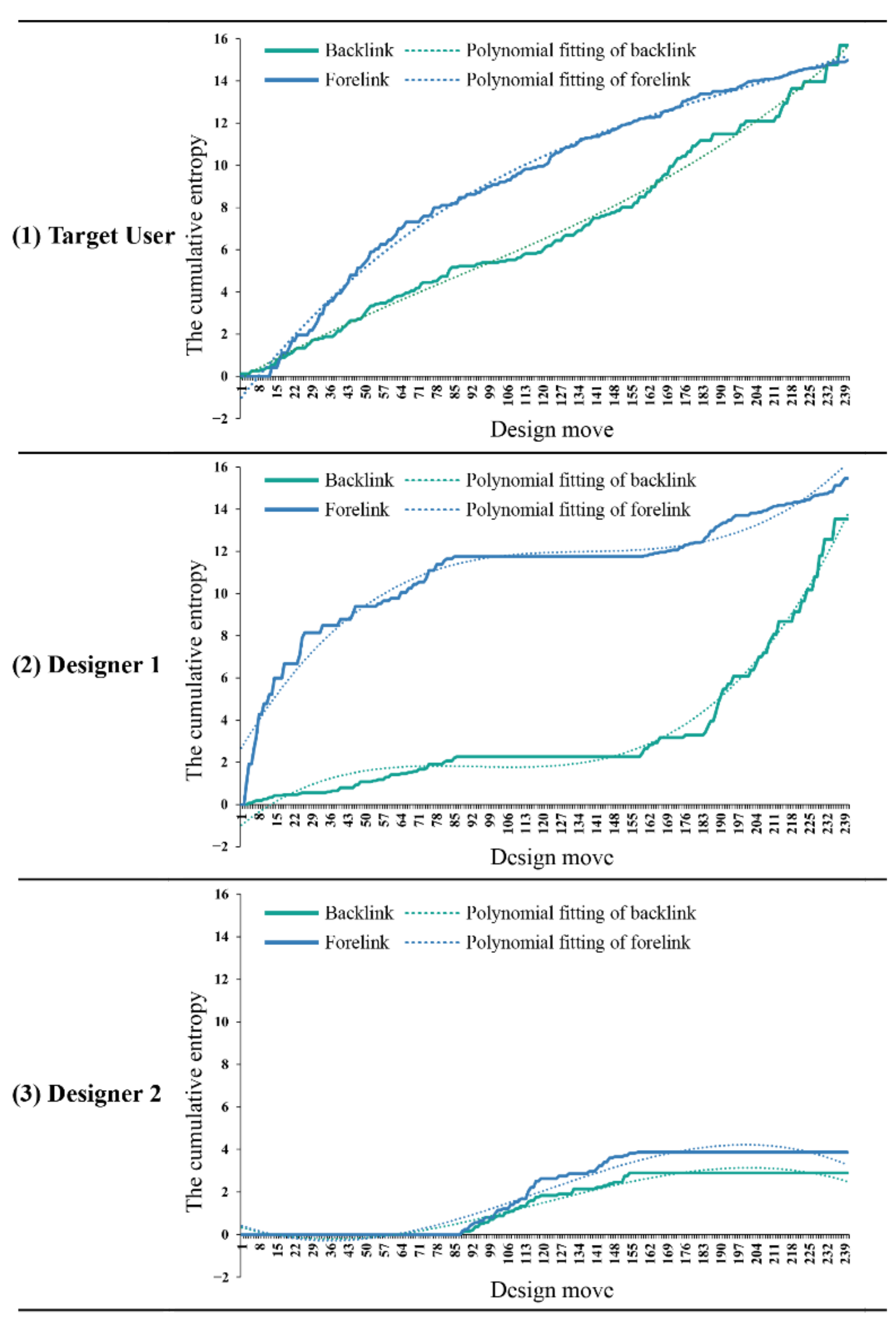
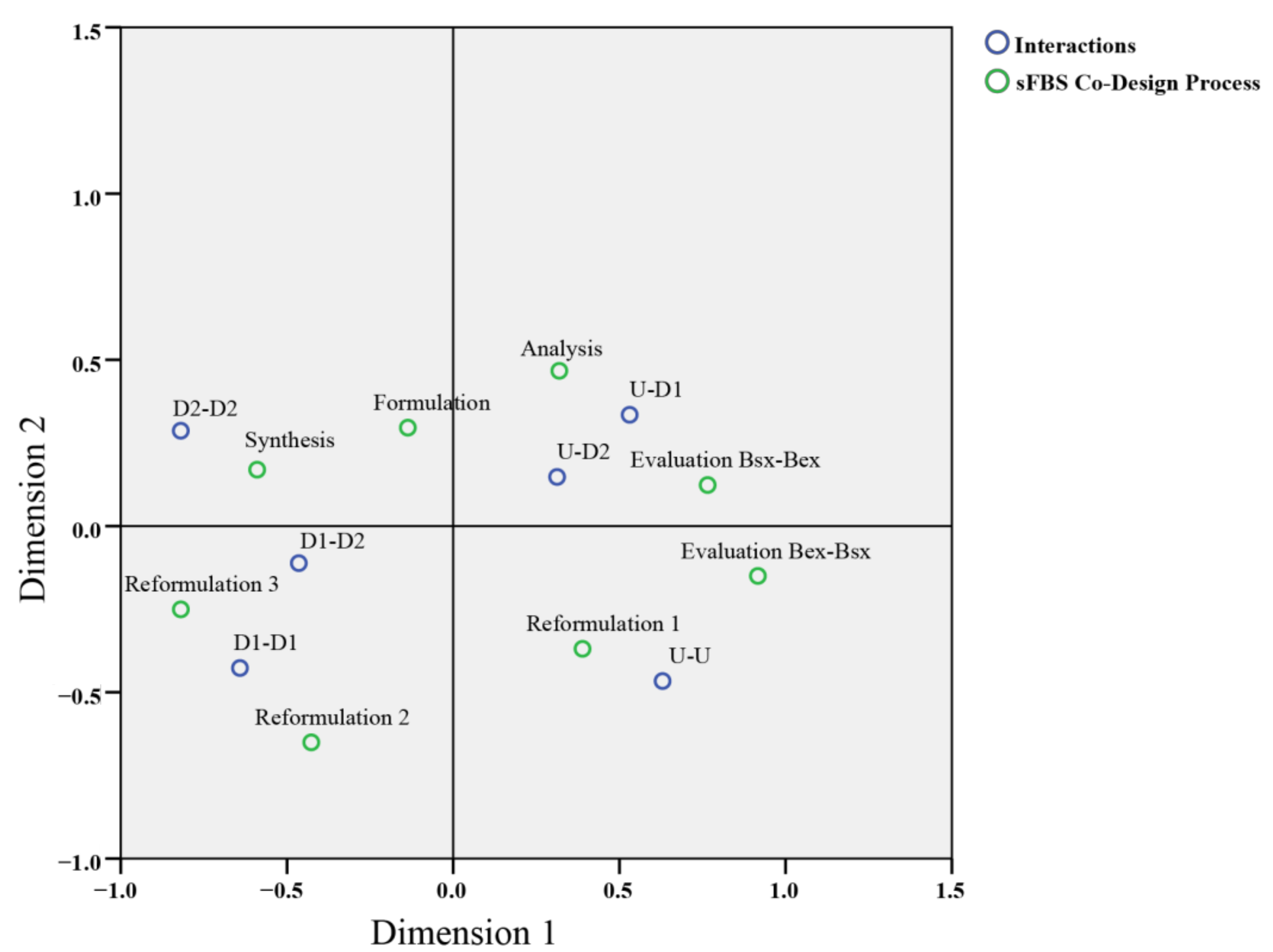
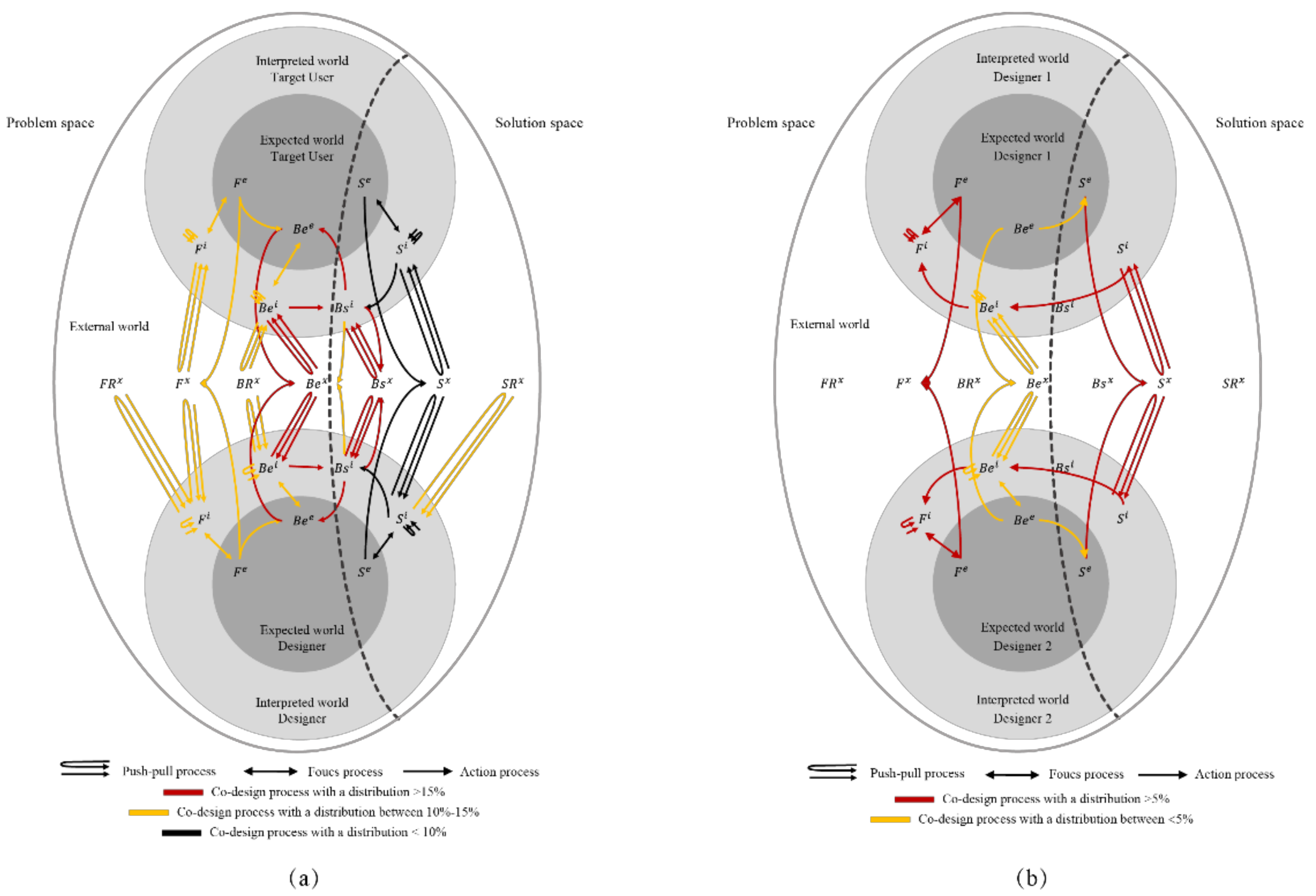
| Design Variables | Definition |
|---|---|
| Requirement () | includes the design brief, client or regulation requirements. |
| Function () | is the design object teleology i.e., what the design object is for. |
| Behavior () | represent how the design object performs: it can be an expected behavior or a behavior derived from the structure of the design object . |
| Structure () | is the description of elements or groups of elements of the design object and their relationships. |
| Description () | represents externalizations representing the design object. |
| Process | |
|---|---|
| Formulation | FRX  Fi, BRX Fi, BRX  Bei, SRX Bei, SRX  Si, FRX Si, FRX  Fi, BRX Fi, BRX  Bei … Bei … |
Fe  Fx, Fx Fx, Fx  Fi, Fi Fi, Fi  Fi, Fi Fi, Fi  Fe, Fe Fe, Fe  Bee, Bee Bee, Bee  Bex Bex | |
Fe  Fx, Fx Fx, Fx  Fi, Fi Fi, Fi  Fi, Fi Fi, Fi  Fe, Fe Fe, Fe  Fx Fx | |
Bee  Bex, Bex Bex, Bex  Bei, Bei Bei, Bei  Bee, Bee Bee, Bee  Bex Bex | |
| Synthesis | Bee  Bex, Bex Bex, Bex  Bei, Bei Bei, Bei  Bee, Bee Bee, Bee  Se, Se Se, Se  Sx Sx |
| Analysis | Se  Sx, Sx Sx, Sx  Si, Si Si, Si  Bsi, Bsi Bsi, Bsi  Bsx Bsx |
| Evaluation | Bsi  Bsx, Bsx Bsx, Bsx  Bsi, Bsi Bsi, Bsi  Bee, Bee Bee, Bee  Bex BexBee  Bex, Bex Bex, Bex  Bei, Bei Bei, Bei  Bsi, Bsi Bsi, Bsi  Bsx Bsx |
| Reformulation 1 | Se  Sx, Sx Sx, Sx  Si, Si Si, Si  Si, Si Si, Si  Se, Se Se, Se  Sx Sx |
| Reformulation 2 | Se  Sx, Sx Sx, Sx  Si, Si Si, Si  Bei, Bei Bei, Bei  Bei, Bei Bei, Bei  Bee, Bee Bee, Bee  Bex Bex |
| Reformulation 3 | Se  Sx, Sx Sx, Sx  Si, Si Si, Si  Bei, Bei Bei, Bei  Fi, Fi Fi, Fi  Fi, Fi Fi, Fi  Fe, Fe Fe, Fe  Fx Fx |
 Push–pull process;
Push–pull process; Focus process; and
Focus process; and  Action process.
Action process.| Time | Design Move | Utterance | Role | Situated FBS Co-Design Code | Link Node |
|---|---|---|---|---|---|
| 0:01:50 | 1 | I think, first of all, the purification effect of it (air purifier) needs to be very good. | Target User | — | |
| 2 | Well, you want the air purifier to have a high purification effect. | Designer 1 | 1 | ||
| … | … | … | … | ||
| 0:07:50 | 77 | In terms of the use environment, I hope the function and appearance can adapt to the environment. | Target User | 50, 51, 52, 64 | |
| … | … | … | … | ||
| 0:14:50 | 117 | Movable, you mean that when cleaning this room, it (air purifier) cannot move, but after cleaning this room, it can move to another room according to the planned route, right? | Designer 2 | 14, 27, 28, 34, 59, 60 | |
| … | … | … | … | ||
| 0:19:50 | 143 | By the way, you just said that there are three filter modes, which means I should choose each filter. Is there any difference between each filter? | Target User | 72, 75 | |
| … | … | … | … | ||
| 0:34:50 | 238 | There are many tall and thin ones. However, if it is higher, it may have higher requirements for its bottom area, otherwise, it may appear unstable. | Designer 1 | 161, 162, 167, 168, 235, 237 | |
| 239 | One of the key points of the air purifier is stability. In this solution, the bottom area of it will change, and the whole may be more stable. | Designer 1 | 163, 165, 166, 235, 237, 238 | ||
| 240 | Well done, I think it’s very good and I choose this solution. | Target User | 238, 239 | ||
Publisher’s Note: MDPI stays neutral with regard to jurisdictional claims in published maps and institutional affiliations. |
© 2022 by the authors. Licensee MDPI, Basel, Switzerland. This article is an open access article distributed under the terms and conditions of the Creative Commons Attribution (CC BY) license (https://creativecommons.org/licenses/by/4.0/).
Share and Cite
Cao, J.; Zhao, W.; Hu, H.; Liu, Y.; Guo, X. Using Linkography and Situated FBS Co-Design Model to Explore User Participatory Conceptual Design Process. Processes 2022, 10, 713. https://doi.org/10.3390/pr10040713
Cao J, Zhao W, Hu H, Liu Y, Guo X. Using Linkography and Situated FBS Co-Design Model to Explore User Participatory Conceptual Design Process. Processes. 2022; 10(4):713. https://doi.org/10.3390/pr10040713
Chicago/Turabian StyleCao, Juan, Wu Zhao, Huicong Hu, Yeqi Liu, and Xin Guo. 2022. "Using Linkography and Situated FBS Co-Design Model to Explore User Participatory Conceptual Design Process" Processes 10, no. 4: 713. https://doi.org/10.3390/pr10040713
APA StyleCao, J., Zhao, W., Hu, H., Liu, Y., & Guo, X. (2022). Using Linkography and Situated FBS Co-Design Model to Explore User Participatory Conceptual Design Process. Processes, 10(4), 713. https://doi.org/10.3390/pr10040713







